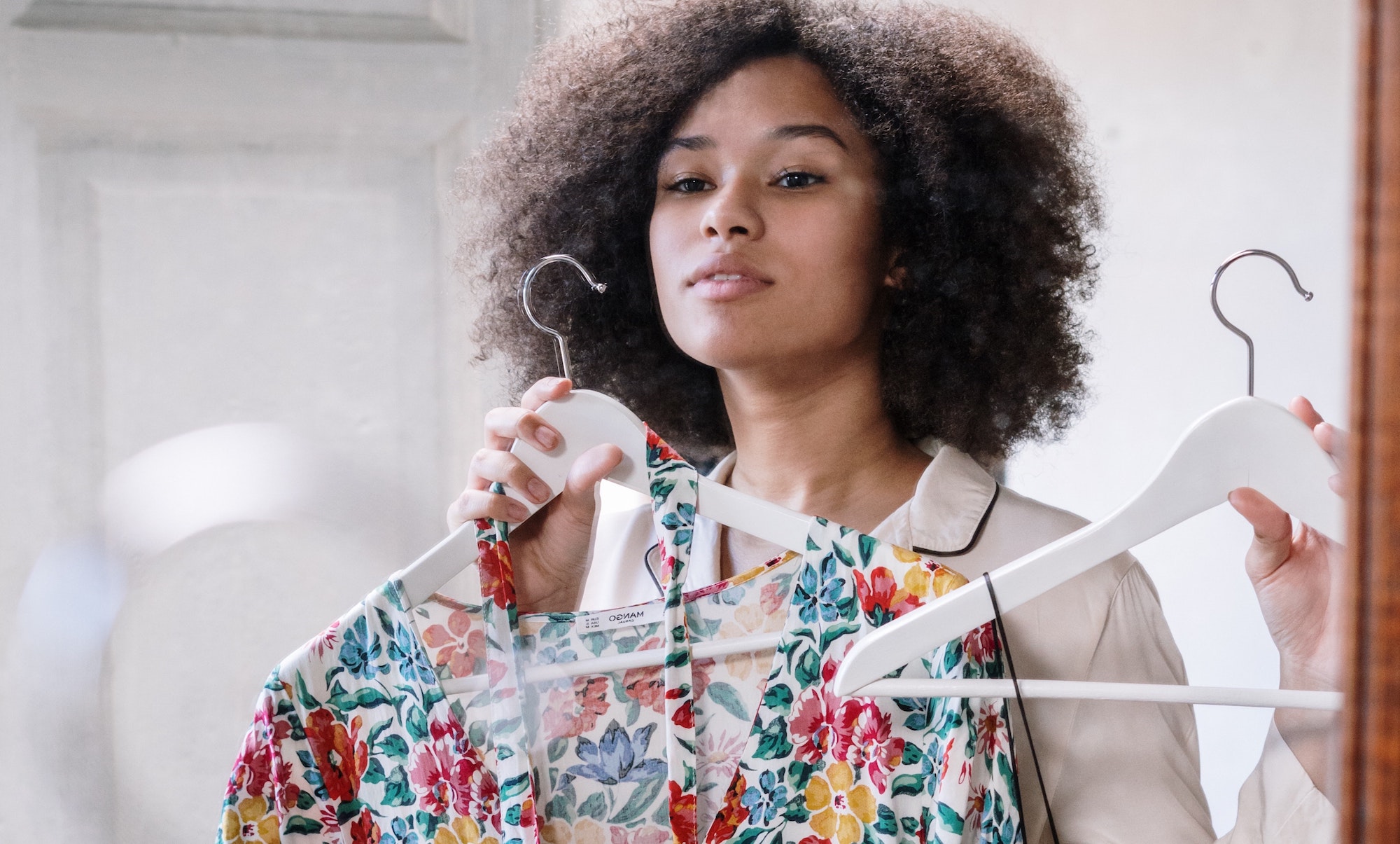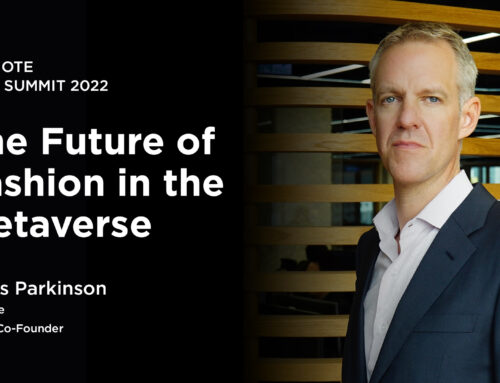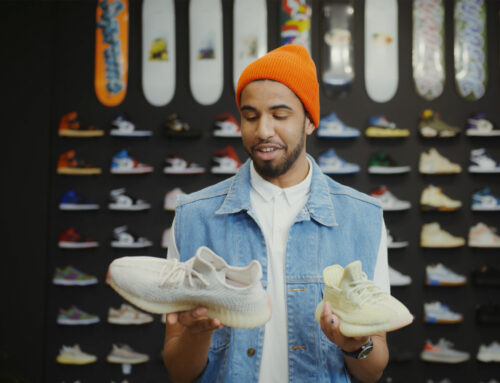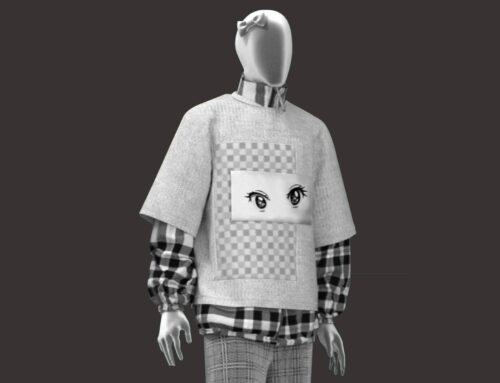Trying and Buying in the New Reality – Retail in the COVID-19 Era
October 19, 2020
Shoppers today are facing a new world. Their favorite stores are closed and they can no longer enjoy the convenience of dropping into a shop, grabbing a handful of clothes, and heading to the fitting room. As a result, buyers are seeking to satisfy their shopping cravings online.
Uncertain times often present opportunities for change and growth. As a retailer, you may be legitimately concerned about how your store will weather the pandemic-induced economic slowdown. Throughout history, companies that have successfully bounced back from crises have sought out innovative ways to keep afloat. The fashion retail industry is at such a juncture right now and those exploring alternative ways of operating are seeing results despite the economic downturn.
All shoppers seek some combination of quality, price, and overall “experience” when shopping. While quality and price don’t necessarily change whether one is shopping in-store or online, the experience can be vastly different. In a market increasingly obsessed with User Experience, this is where the opportunity lies.
Shoppers today are facing a new world. Their favorite stores are closed and they can no longer enjoy the convenience of dropping into a shop, grabbing a handful of clothes, and heading to the fitting room. As a result, buyers are seeking to satisfy their shopping cravings online. Zalando, Europe’s biggest online-only fashion store, has seen a 39% increase in new customers, at the same time in-store sales for H&M have fallen a whopping 57%. The numbers don’t lie – online sales are growing and in-store sales are under pressure.
In many ways this is an acceleration of trends that were already underway. Whilst retailers grapple with the challenge of reinvigorating their in-store sales, what is very clear is that they must turn their attention to providing a stellar online shopping experience that will keep customers loyal whether in-person shopping returns or not.
Let’s dive in and explore how…
What a Shopper Wants
The shopping experience consists of two parts – the pre-purchase experience which includes browsing and trying on clothing, and the post-purchase experience which may involve buyer’s remorse and returns. The shift to online complicates both aspects of the shopping experience, and technology, it seems, holds the key to upgrading all.
Christopher Perrigo, Partner at PWC Technology Strategy for Retail, believes that technology will provide customers with as close to a “real” shopping experience as possible in the virtual space and that retailers who are not focusing on technical capabilities will fall behind, quickly. But not all e-commerce attempts are equal. Simply putting all your wares in an online store is not enough. In order to provide the full experience that shoppers are craving, you need to turn to more sophisticated solutions.
Enhancing Pre-Purchase Pleasure
Part of the joy of shopping is wandering the aisles, browsing the racks, and touching the fabrics. Being unable to go in-stores means missing out on that tactile experience. While browsing online provides visual satisfaction, it is not the same as picking up a sweater and feeling the fabric. Consumers can’t tell whether the wool will be soft or if the color will make them appear washed out.
Another obvious online-shopping difficulty are the issues of size and fit. Not being able to try things on is difficult for the shopper who knows that what looks good on the hanger might look wrong on their own body and conversely, that the full ‘look’ of an item cannot always be appreciated until it is tried on. Static pictures of clothing online, no matter how high the quality, remains a poor substitute.

As virtual and augmented reality (VR/AR) become widespread across industries (think gaming, real estate, education, telecoms, and more), consumers are getting used to the idea of using realistic visualizations of reality to get things done. The virtual fitting room industry, valued at $2.44 billion in 2019 and expected to reach $10 billion by 2027 (of which 42% is apparel), is proof positive of VR/AR becoming an influential force in today’s world and touching ever more areas of human experience, including retail.
As virtual fitting technologies ripen, the possibility of accurately mimicking real life is becoming a reality. Currently, AR technology allows shoppers to browse online racks, view items in three dimensions from all angles, and mix and match outfits from different ranges. Realistic fitting is provided via customer avatar, created using the shopper’s own body metrics. This gives a true-to-life view of how clothes will actually look on the body. Sophisticated fabric scanning technology means that shoppers can also get a sense of the fabric quality, it’s look, feel, and how it drapes and moves. As the technologies advance, the online shopping experience only gets better and it’s not too far a leap to imagine customers choosing to stay online even when the pandemic has passed.
Reducing Post-Purchase Pain
Returns, both on- and off-line, present a massive inconvenience for the consumer and store owner alike. According to an Inmar survey, 40% of shoppers refrained from making an online purchase because of concerns about the returns process. At the same time, 72% of shoppers will become repeat customers if the returns process is easy – think Amazon!
Not being able to easily visit a store just compounds the problem of returning goods. With physical shops where trying-on clothes is possible, there tend to be fewer returns in the first place, and where returns are necessary, popping back to the store for a return or exchange is relatively painless. Online returns, however, are fraught with hassle. Shoppers must re-package items, make a trip to the post office, and sometimes even pay for shipping. While the inertia to return things might produce an upside for retailers, more often, buyers may just skip buying altogether and if the return process is cumbersome, you can be sure they won’t be coming back for more making the loss far outweigh the benefits.
Technology promises to remedy many of these issues. The increasing sophistication of virtual fitting makes shoppers more confident in their purchases and less likely to make “mistakes.’’ As the technology continues to evolve, this effect will only grow. Shoppers will grow in confidence and be less fearful of needing to return items now that this is a less frequent occurrence. The results speak for themselves – experience shows that virtual fitting rooms can reduce return rates by up to 50%.
Whatever Happens, Virtual Fitting is Here to Stay
Deborah Weinswig, Chief Executive of Coresight Research reported seeing an explosion of demand for new technology in the retail space. Years of innovation is happening in just a matter of months. We don’t know when or how this pandemic is going to end, and we don’t know what the long-lasting effects will be. At least one survey has already discovered that 54% of people will not be comfortable returning to in-person fitting rooms even once they are open again. Once the effects of the pandemic subside, the recent technological enhancement of the online shopping experience may mean that online shopping will remain a long-standing and viable alternative to in-store shopping.
Yes, this is an uncertain time to be in retail, but it is also an exciting time. You are on the cusp of creating an entirely new and improved experience for your customers.
Now is the chance to get ahead of the curve by creating the best possible online shopping experience and watching customer loyalty grow.



